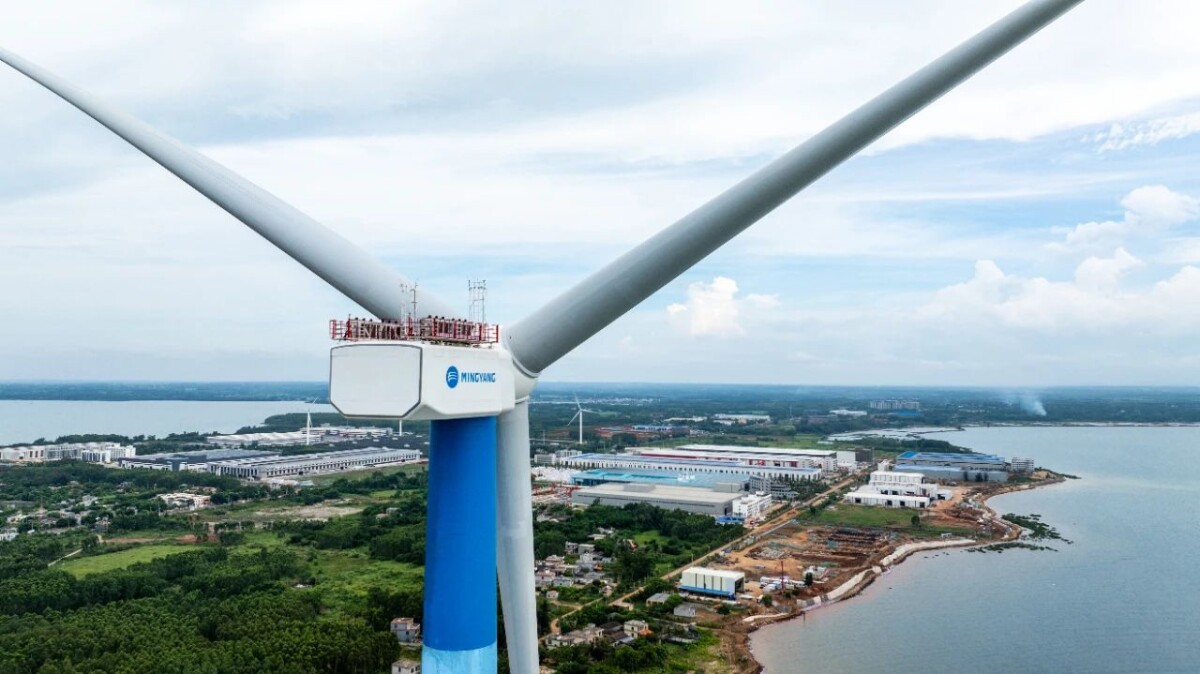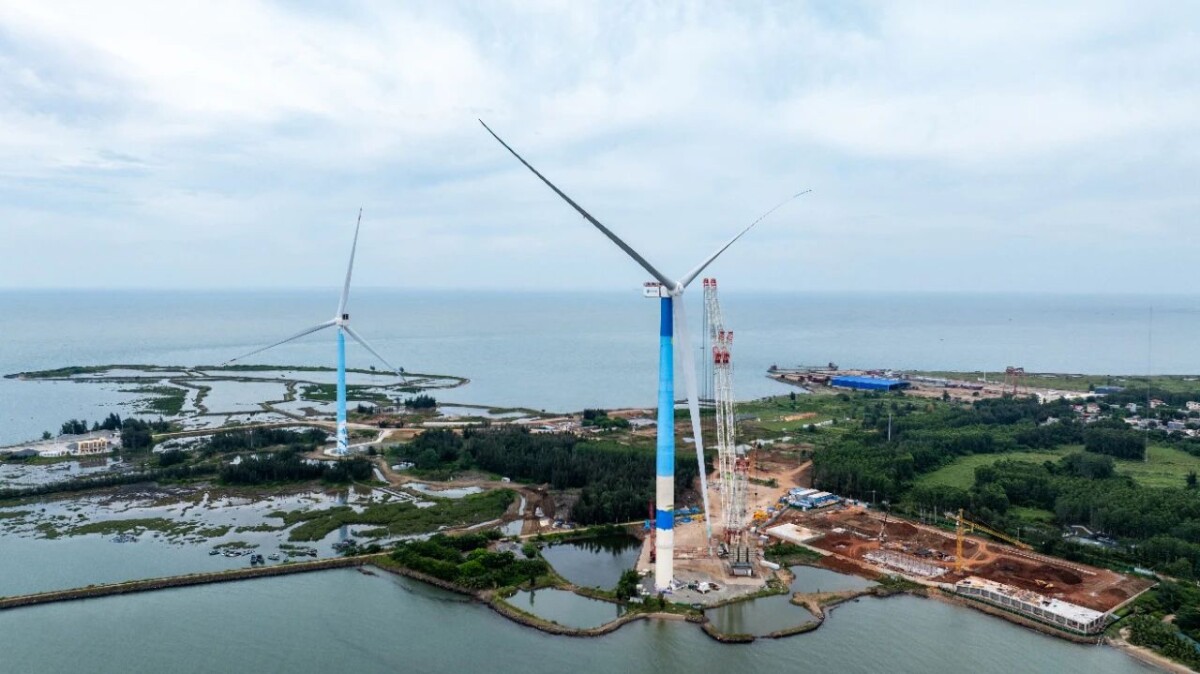Mingyang Smart Energy said last week that it’s installed “the world’s largest single-capacity offshore wind turbine” in a project in Hainan, China. The turbine delivers a power output of up to 20 MW, besting its previous 18 MW model from 2023.
According to Mingyang, the MySE18.X-20MW turbine is designed to be lightweight, modular, and highly reliable. With its massive wind rotor diameter of 260-292 m (853-958 ft), it has a maximum wind sweeping area of 66,966 sq m – that’s more than 12 NFL football fields.
The company has a history of building the largest turbines our oceans have ever seen, and notes that with an annual average wind speed of 8.5m/s, its new turbine can generate 80 million kWh of electricity; that’s said to be enough to power housing for 96,000 residents annually.

With a turbine that large, one would hope it’ll hold up against extreme weather. Mingyang said it’s built this one to withstand level-17 typhoons at wind speeds of up to 79.8 m/s (178.5 mph).
Size does matter
Ambitious projects like this one are important to not only increase clean energy production but also to make such efforts more cost-effective.
A report from the International Renewable Energy Agency published last August noted that the global weighted average LCoE of offshore wind went from being more than twice as expensive as the cheapest fossil fuel alternative in 2010 to just 17% more expensive in 2022. During that period, the cost fell from $0.197/kWh to $0.081/kWh.
That report also illustrates how the localized cost of electricity (LCoE) from offshore wind is still high compared to other renewable energy sources like solar, hydropower, and geothermal. So there’s indeed a lot more to be done before offshore wind becomes more widely favored around the globe.
However, there’s tremendous potential to generate far more energy for our needs from offshore wind projects. Thanks to consistently strong winds out at sea, these turbines can produce energy more reliably and efficiently than onshore wind turbines.

It’s also easier to transport large towers and blades out to sea on ships than by road. And with bigger turbines comes more energy.
Mingyang also has a larger offshore turbine in the works, capable of delivering 22 MW of power. That’s slated to be installed next year, with a swept area of – phew – 75,477 sq m. Just writing about it has got my megalophobia acting up.
Source: Mingyang Smart Energy
